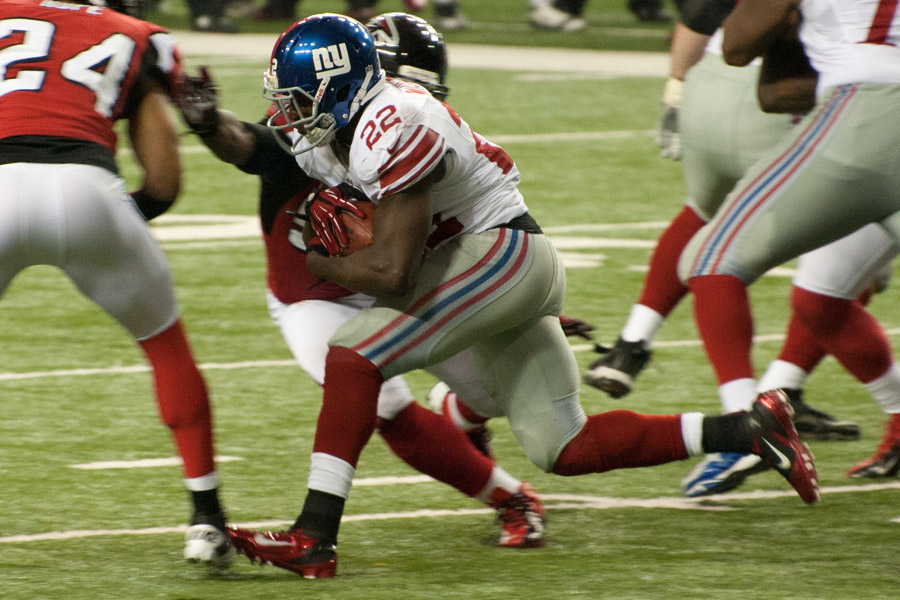
Futures: Florida State WR Rashad Greene
By Matt Waldman
When it comes to workouts, interviews, and background investigations, I have nothing on the NFL. I’m just like everyone else; I’m waiting to hear the outcomes of whatever the league shares with the public. But after speaking with former and current scouts, I can say with confidence that the NFL has nothing on me when it comes to my process for evaluating on-field performance.
It sounds a lot like I’m saying that I know more about football![]() than NFL scouts and front offices, but what I mean is that I believe I have a process that does a better job of helping an evaluator structure his thinking and get out of his own way. I’ve seen scouting reports from the National Scouting Service as well as reports form NFL teams. Based on the structure of their reporting, many teams don’t realize that their methodology often gets in the way of their collective knowledge.
than NFL scouts and front offices, but what I mean is that I believe I have a process that does a better job of helping an evaluator structure his thinking and get out of his own way. I’ve seen scouting reports from the National Scouting Service as well as reports form NFL teams. Based on the structure of their reporting, many teams don’t realize that their methodology often gets in the way of their collective knowledge.
They don’t have a written working definition for every positional technique they observe. They don’t possess a weighted score assigned to each. And they don’t categorize and define the level of difficulty to improve skills as a player transitions to the NFL.
I know of an NFL player-personnel man borrowing some of my ideas to incorporate into his team’s scouting processes. This is because the things I described eliminate some of the inherent variation that exists among scouts and management. But this type of change in thinking is a slow sell compared to upgrading technology that allows them to do the same things they’ve been doing for 50 years – only with greater speed and convenience.
While I believe my process is a good start towards a consistent approach when evaluating players, at the end of the day there’s no denying that scouting talent is a subjective process. Subjectivity can be a bad word – especially for a site like Football Outsiders, which strives to use data to arrive at insights that provide a counterpoint to fallacies stemming from what we observe on a qualitative level. However, I doubt anyone writing for this site would say all subjective analysis is bad.
I believe in the power of intuition. Some of you who lean hard on black and white thinking may be turned off to that idea. The idea that intuition is a bodily indicator based on factors we cannot fully explain (yet) is hogwash. I can’t help you there – you feel similar about it or you don’t.
When I evaluate a player and his performance evokes a feeling that I attribute to intuition, I accept that feeling. It doesn’t mean that I ignore my scouting process or change my outcomes, but I have learned to pay attention to those emotions.
Sometimes what resonates when I watch a player is something that is a part of my everyday life: I’m a magnet for the troubled. I’ve learned how to see it coming in life, but in football, I am still learning![]() that many players I have a strong feeling about are prospects carrying a lot of off-field baggage that bleeds into their professional lives.
that many players I have a strong feeling about are prospects carrying a lot of off-field baggage that bleeds into their professional lives.









